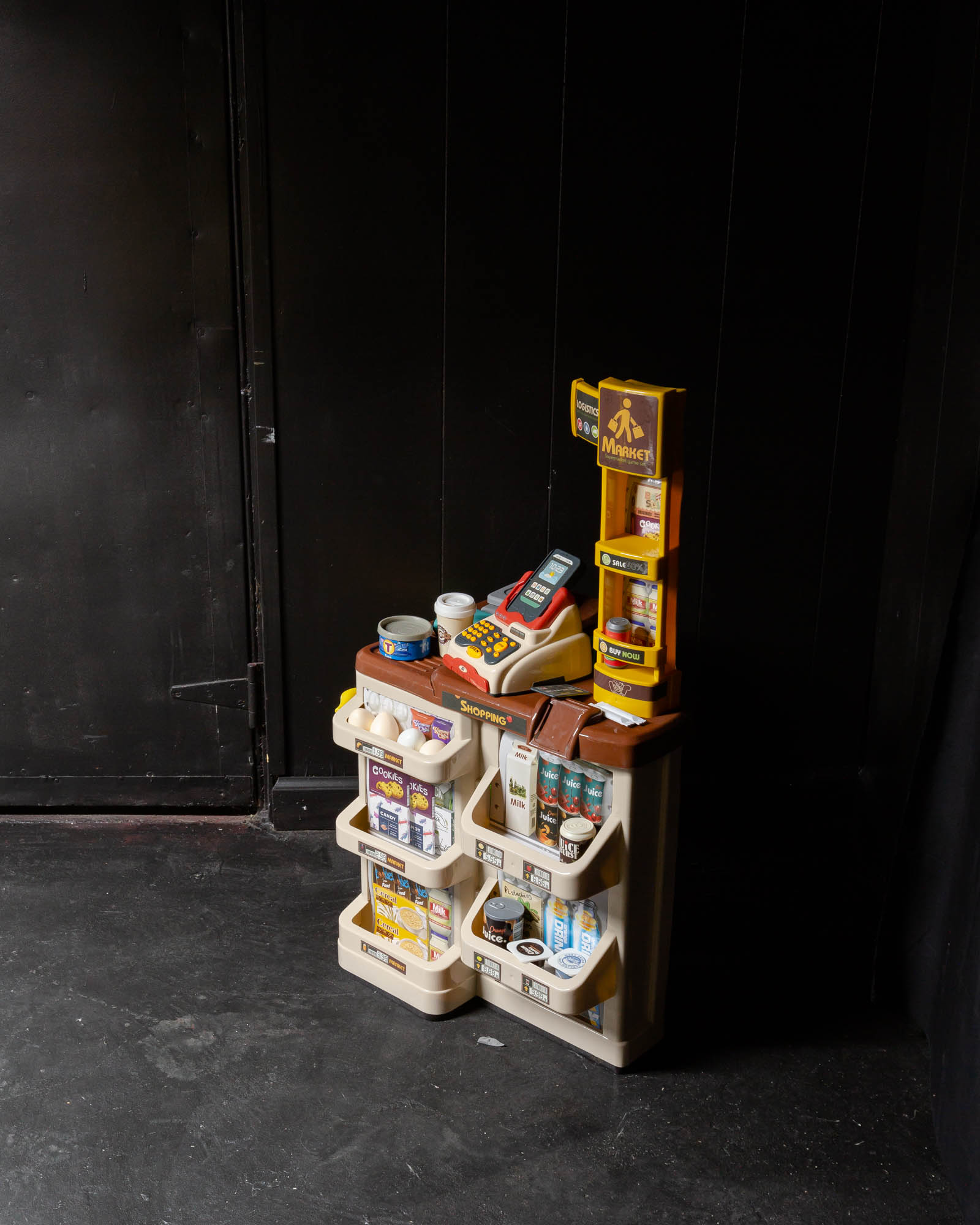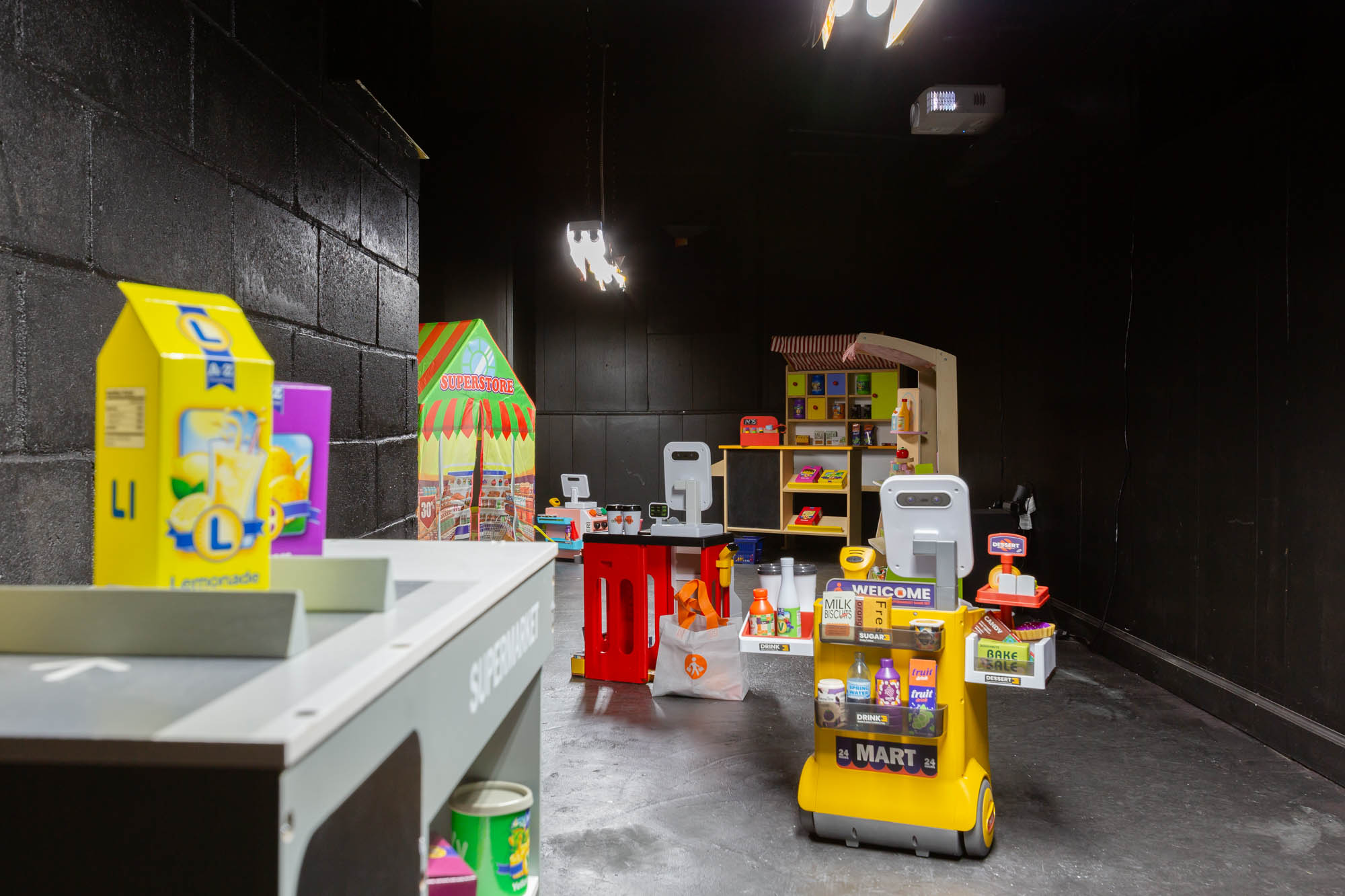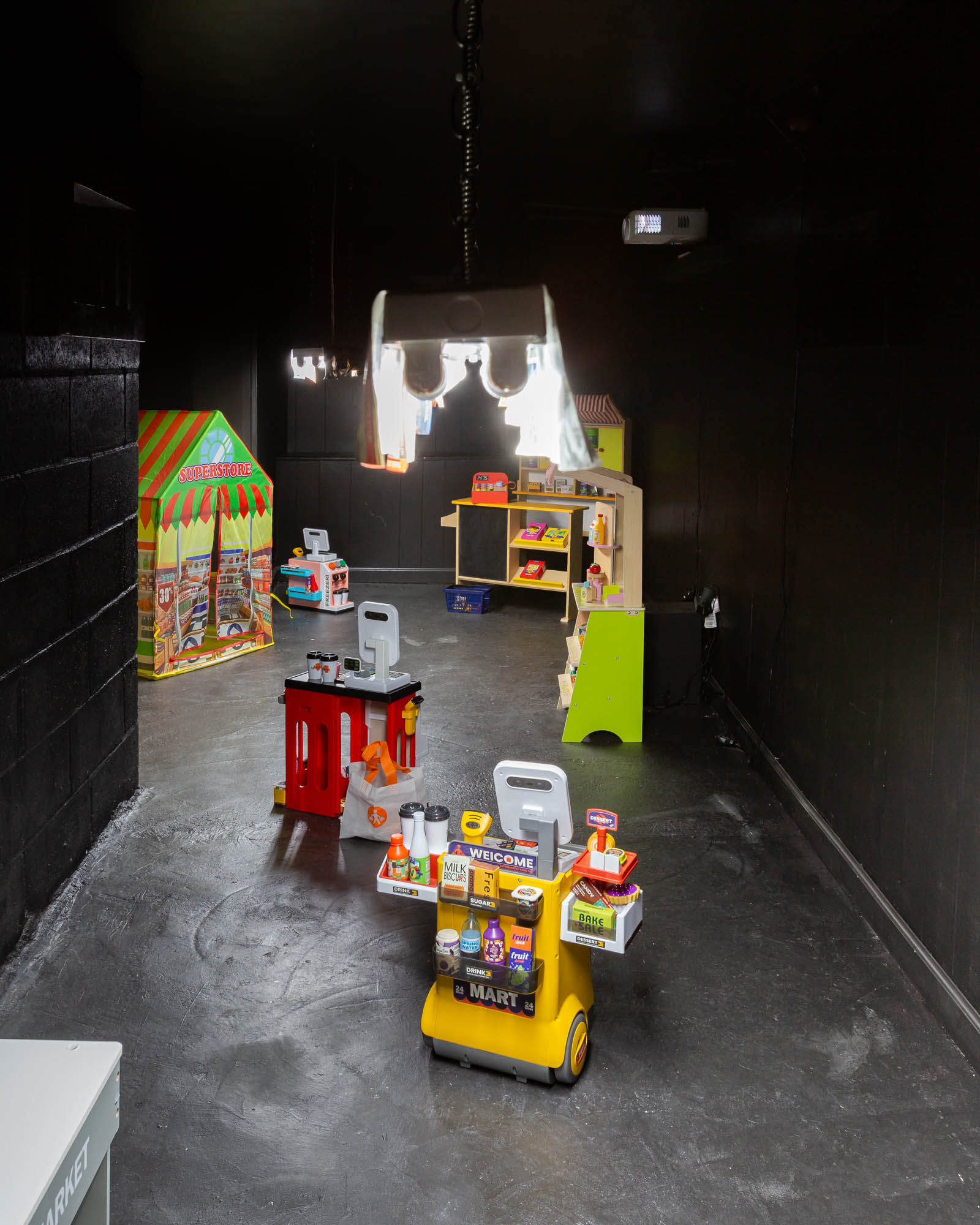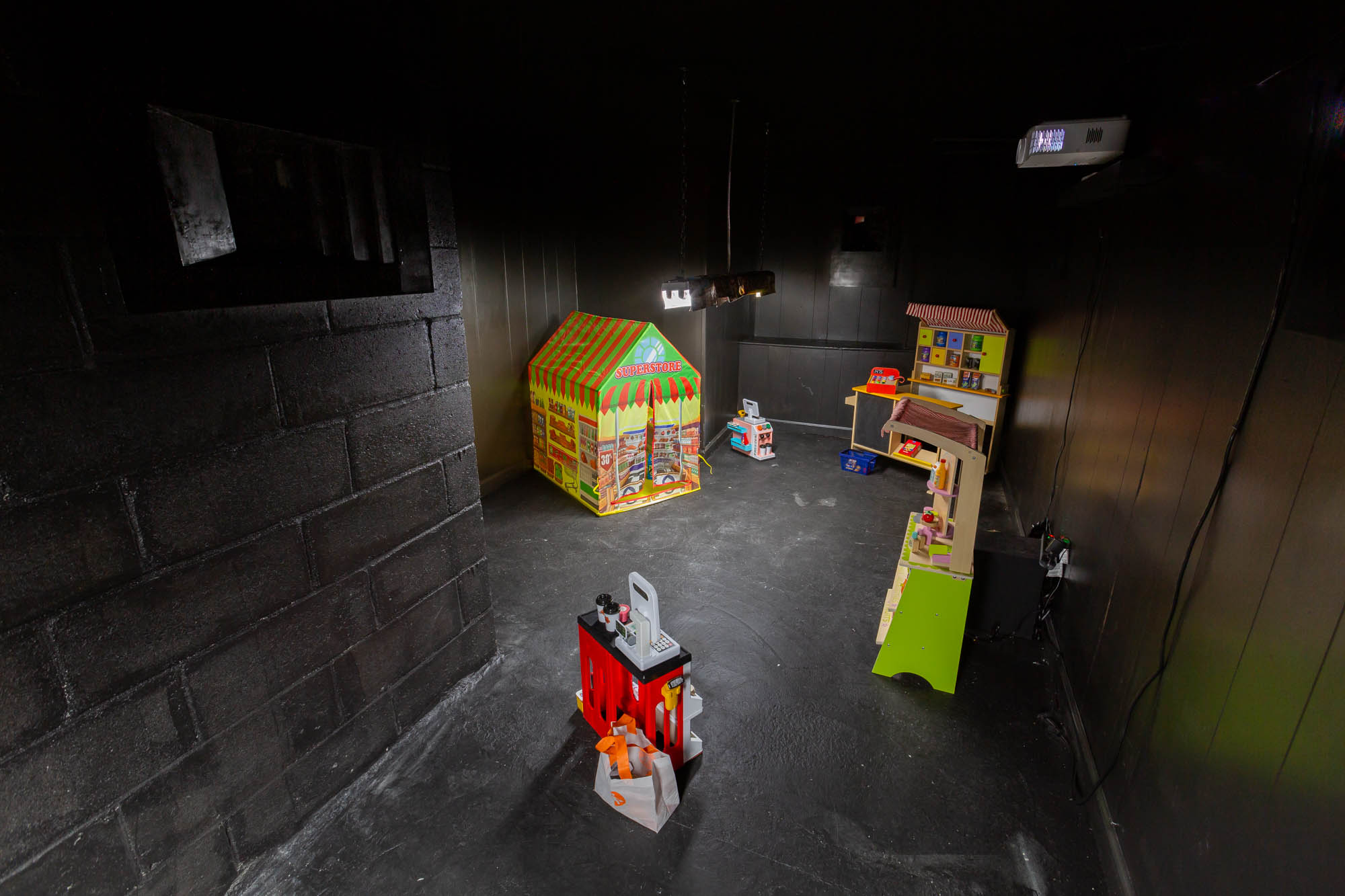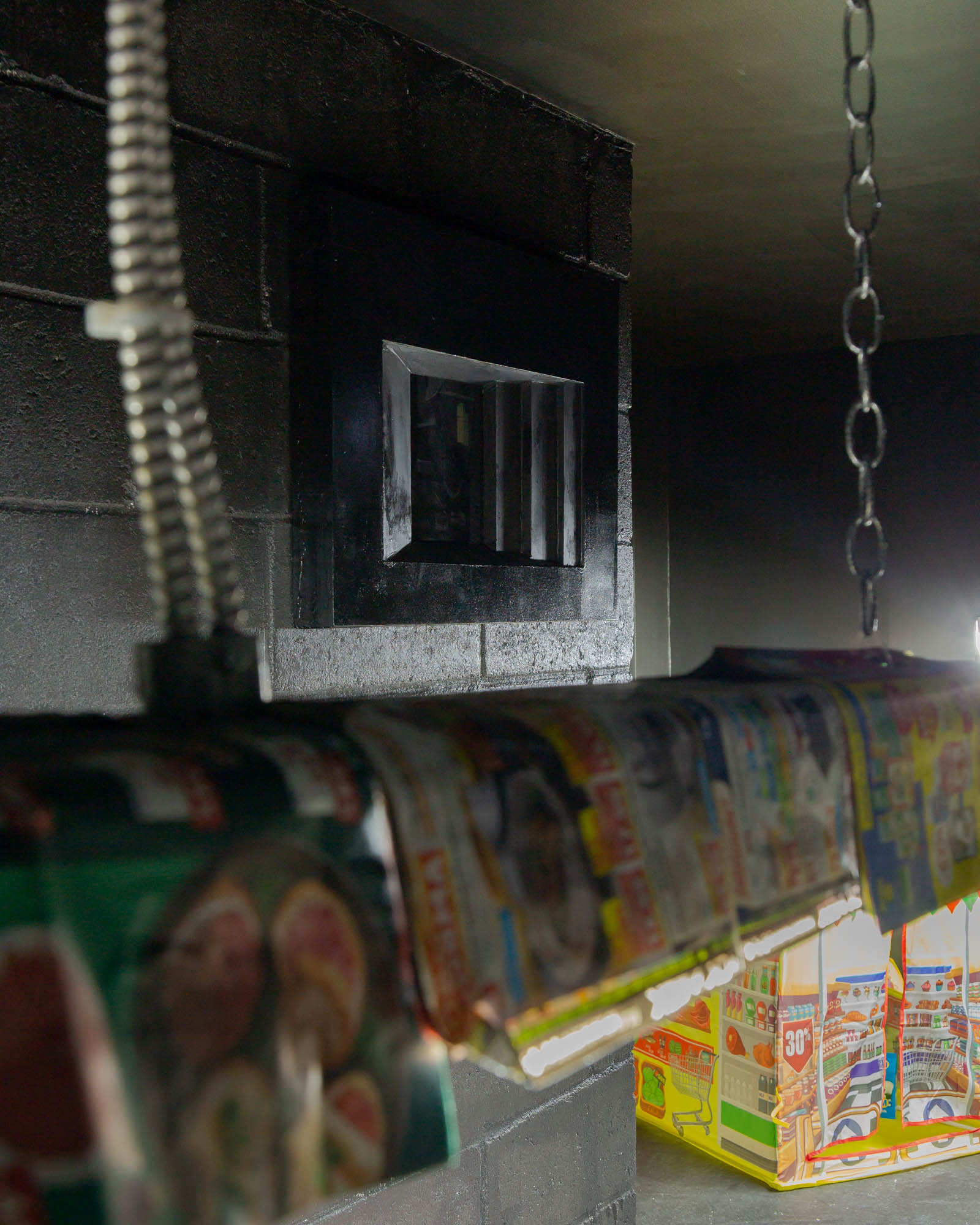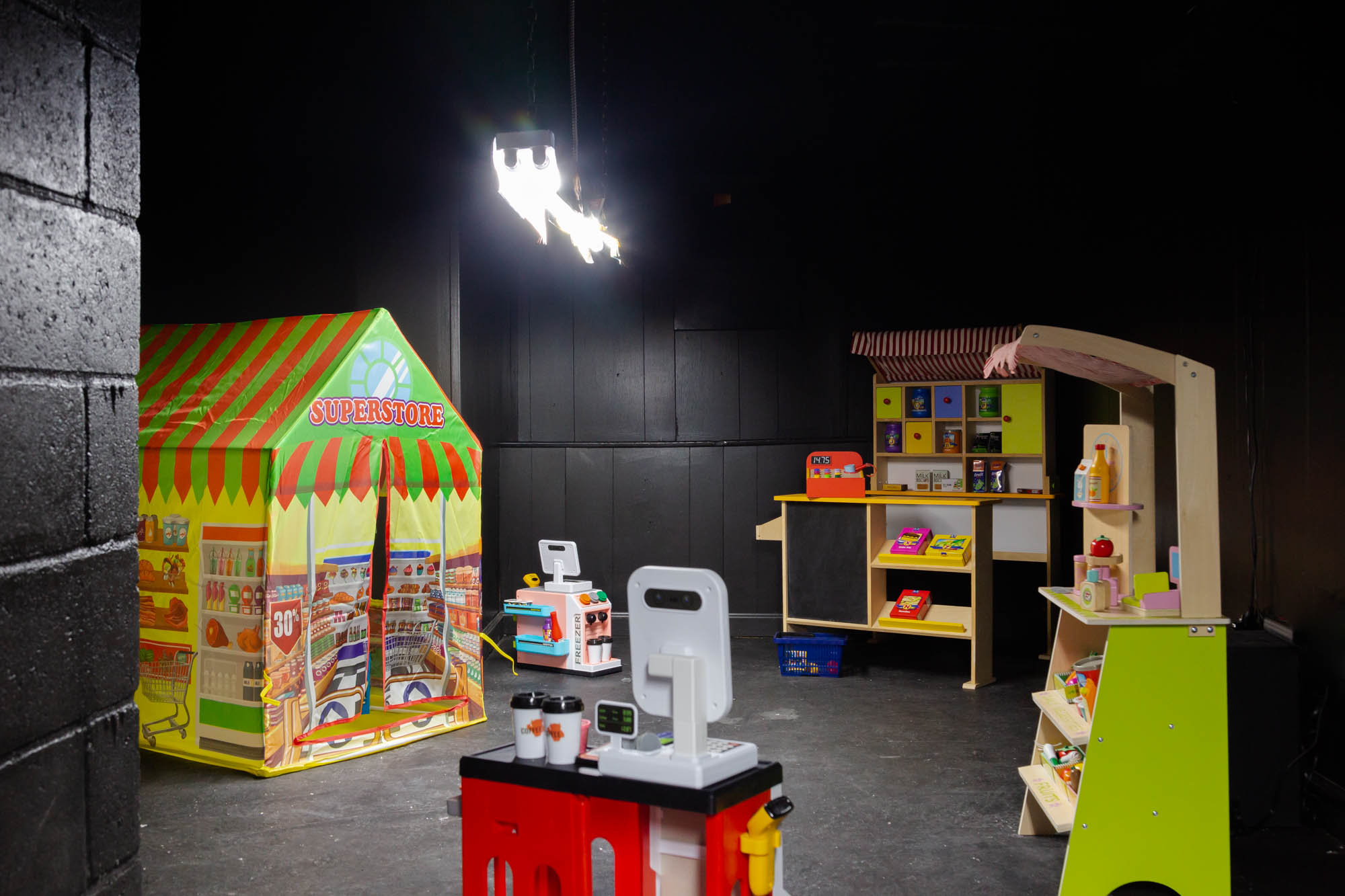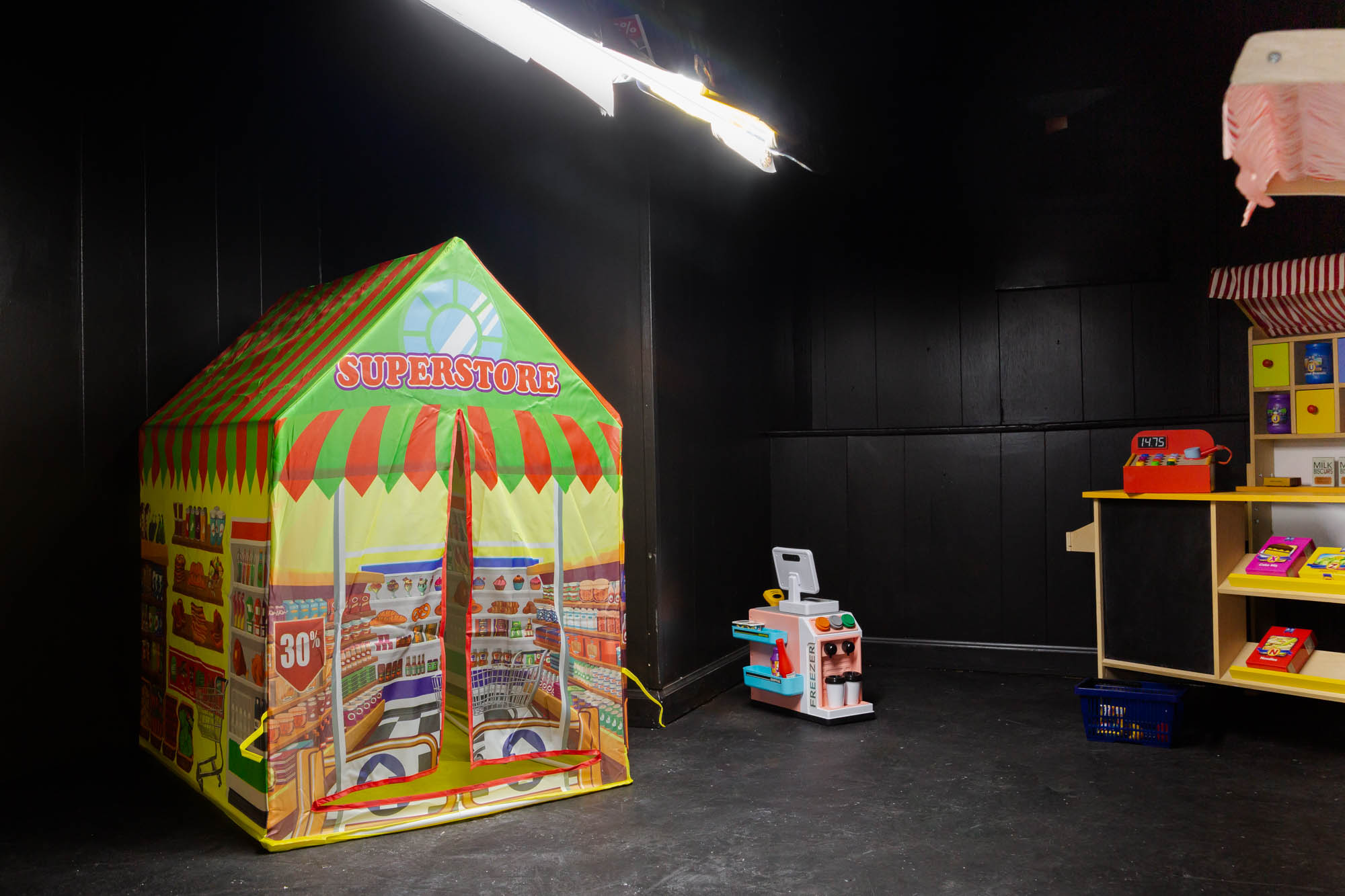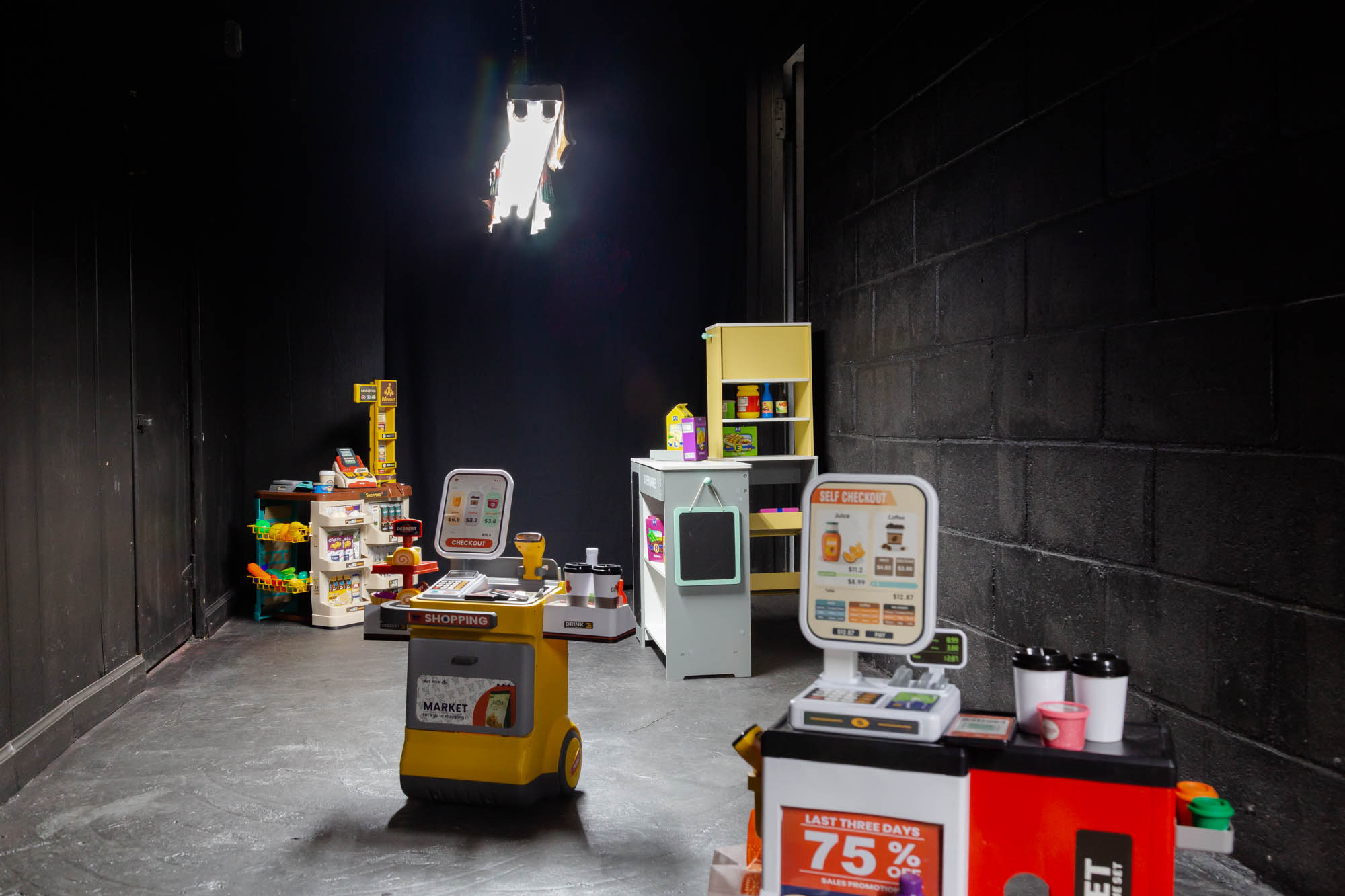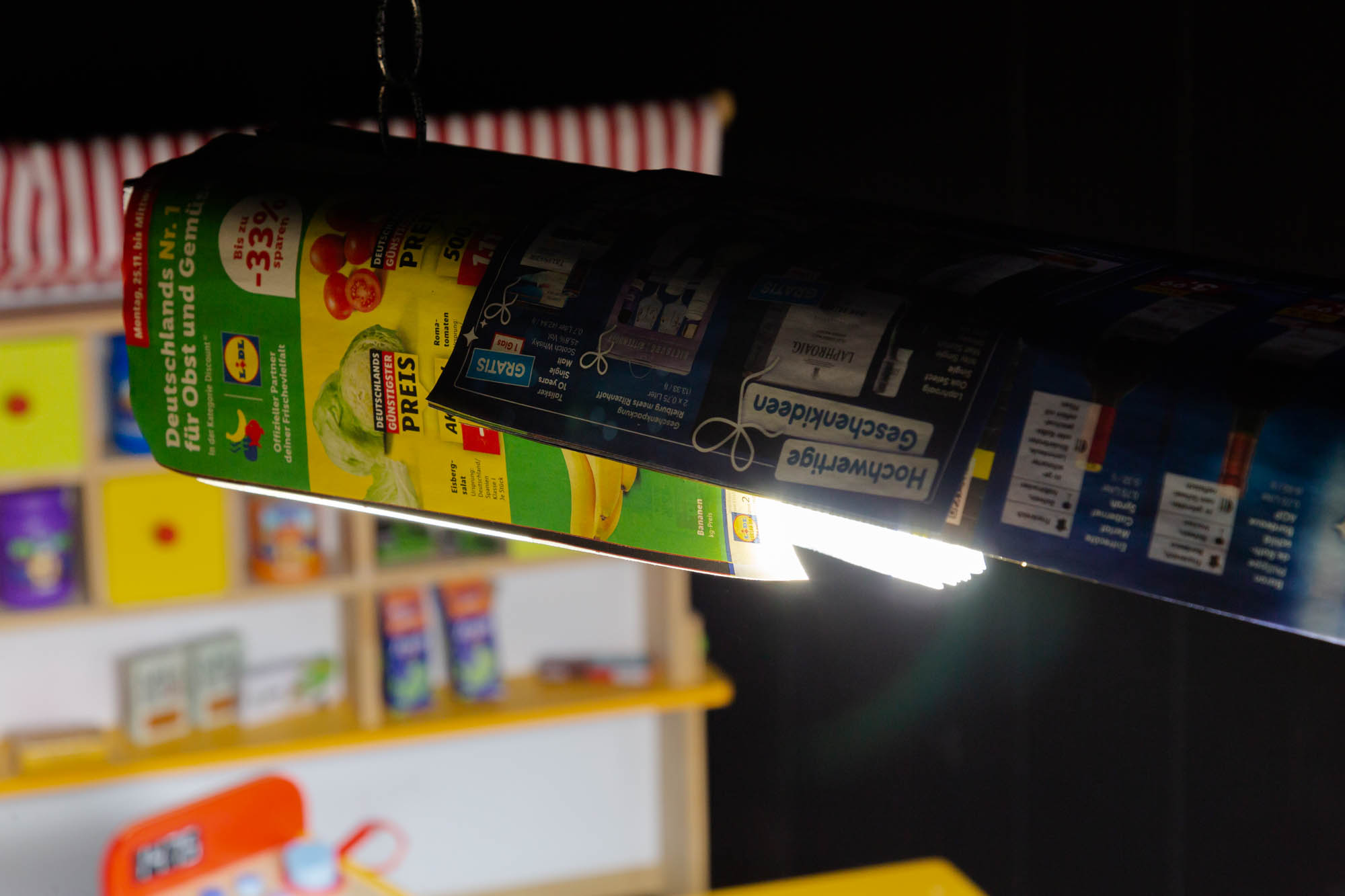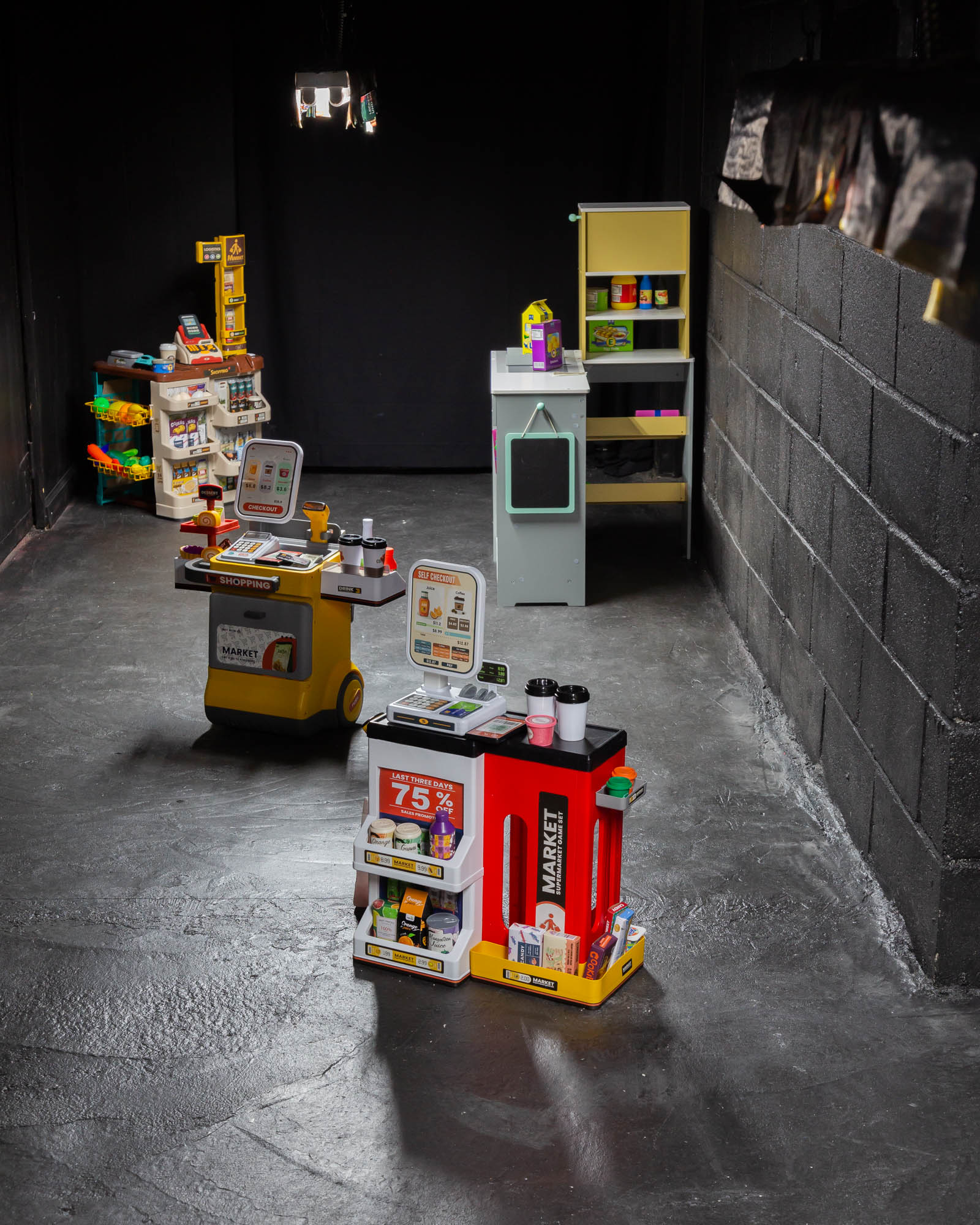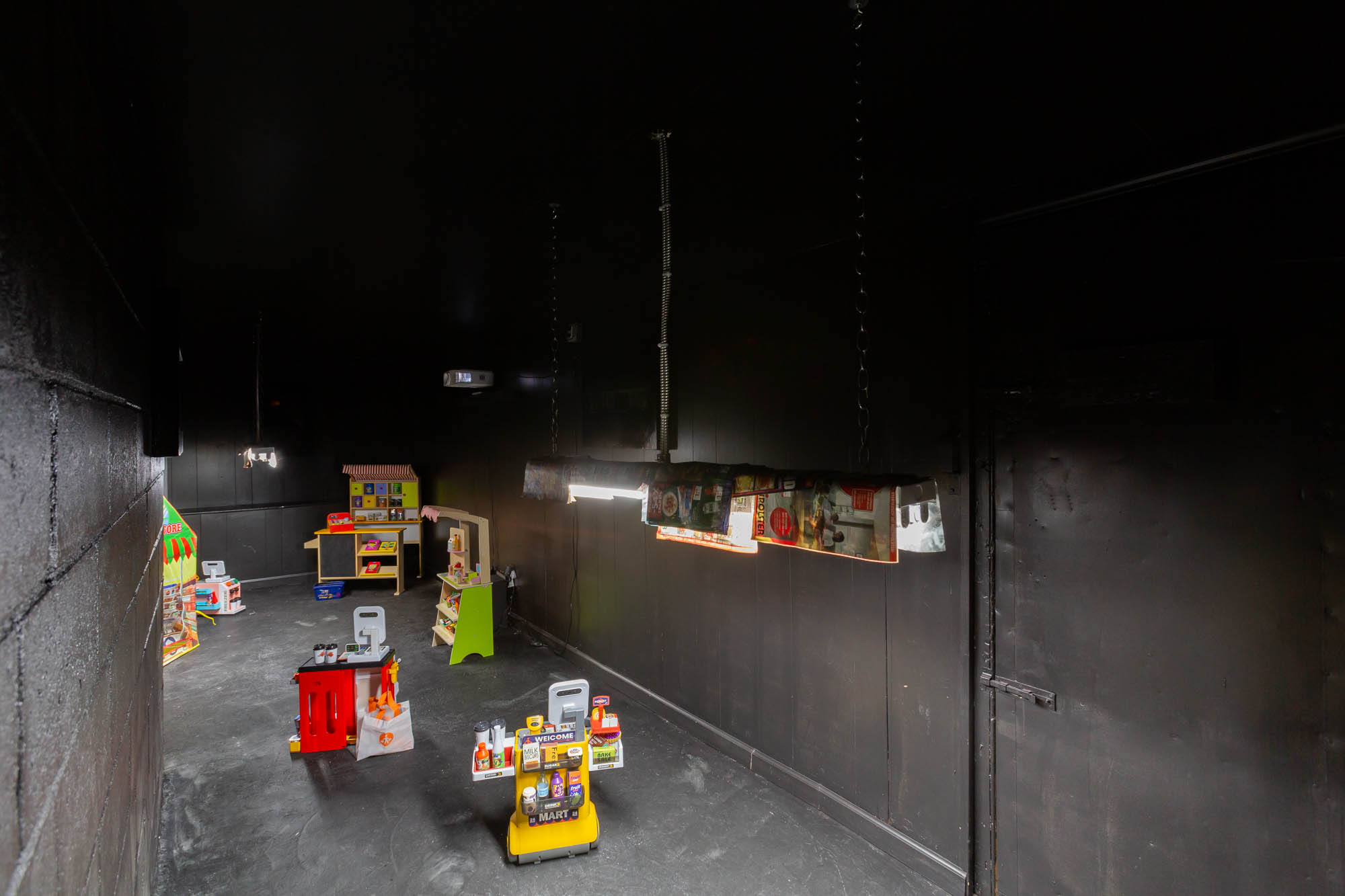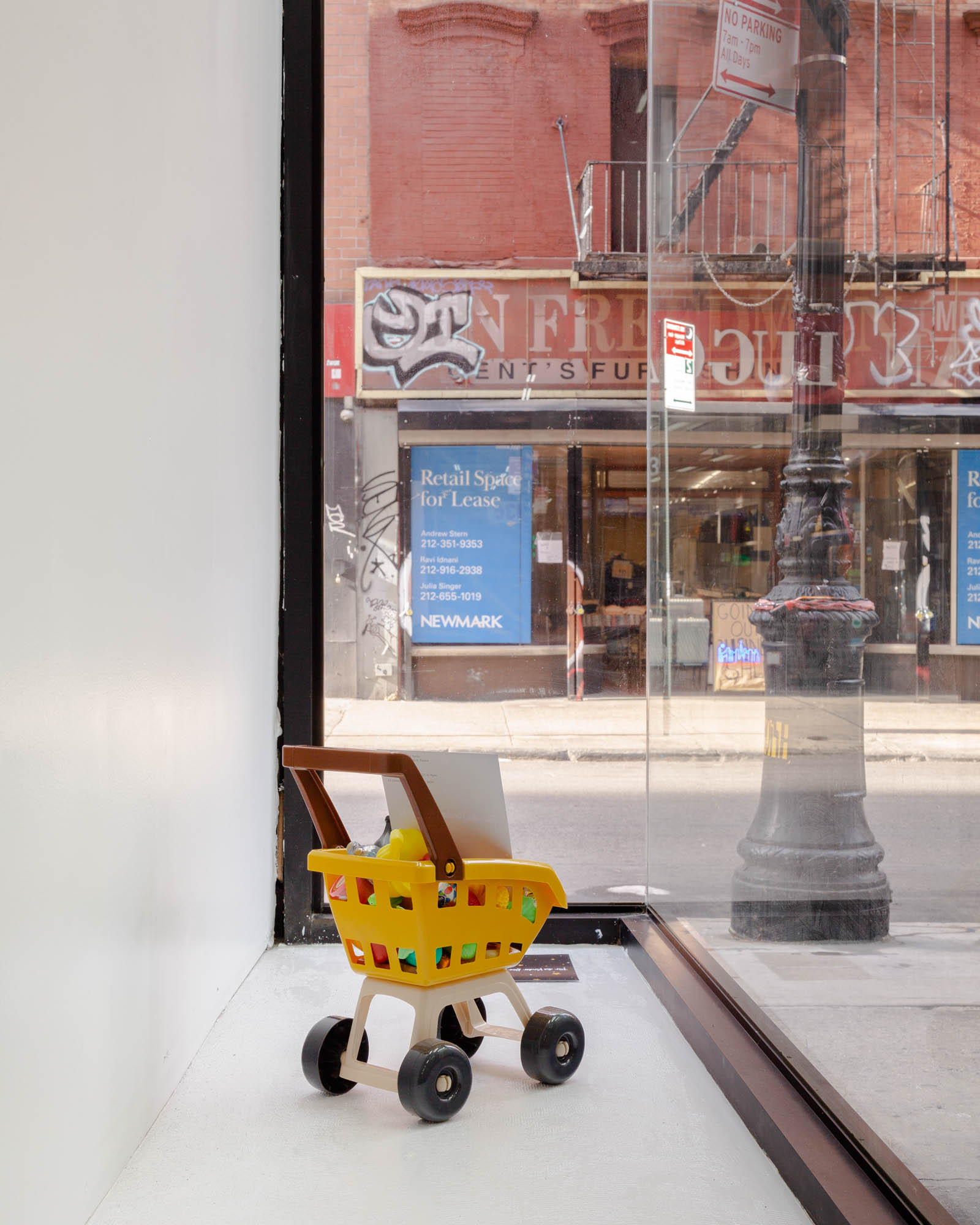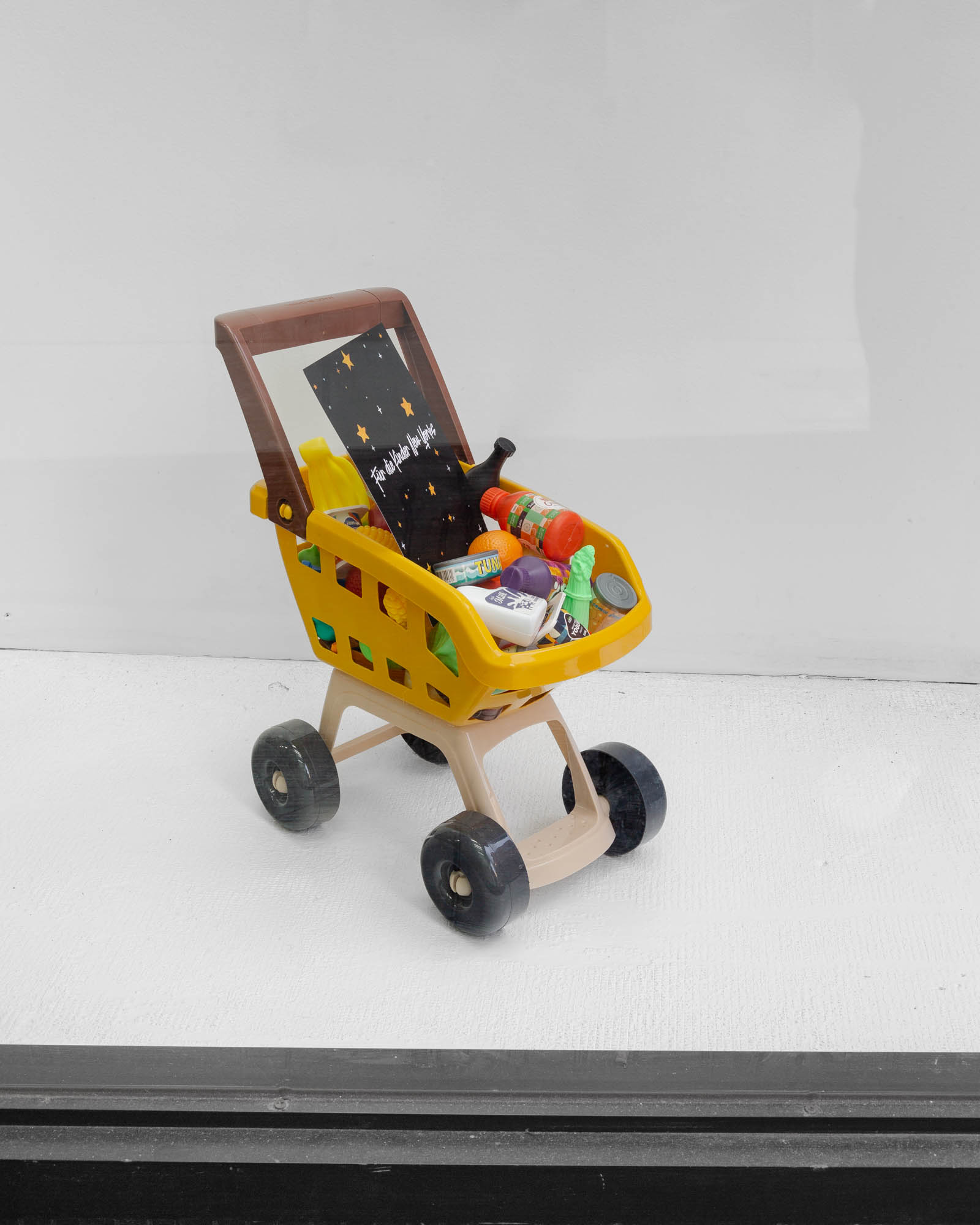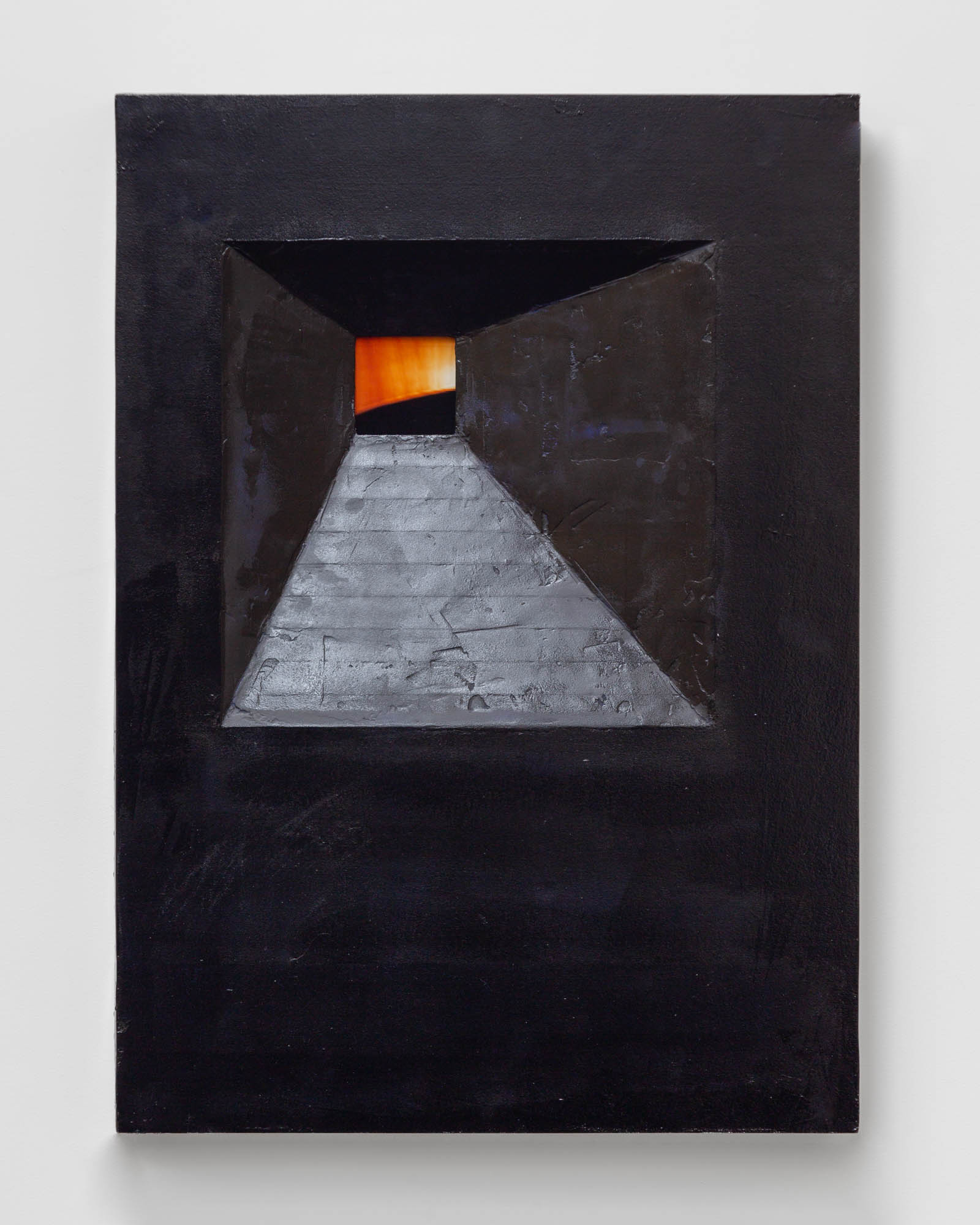–
Für die Kinder New Yorks
Installation Views
Works
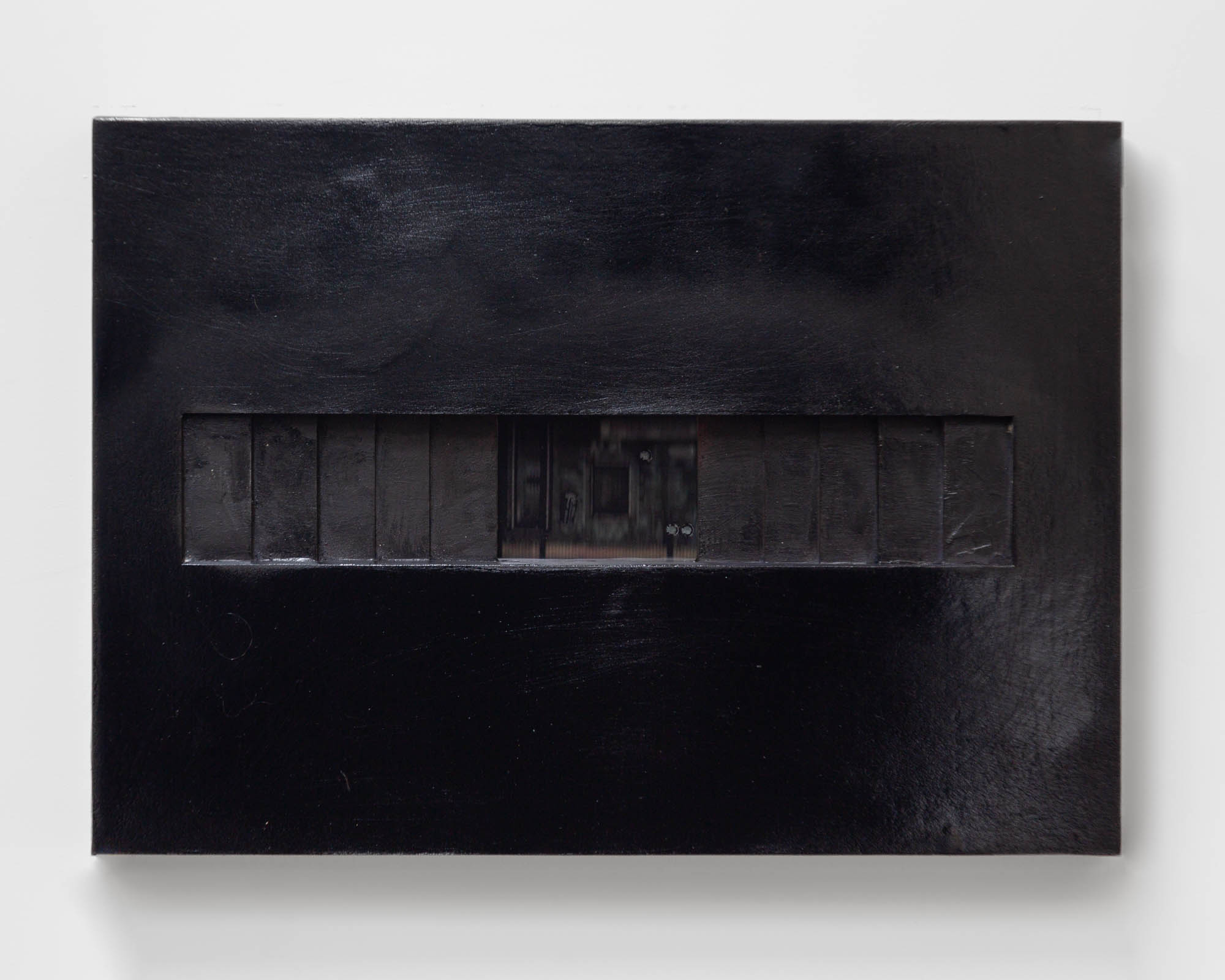
Overton Window II, 2025, Layered laser prints on projector film, mirorred dibond, acrylic glass, aluminium, foam board, plaster, lacquer, spray paint, 70 x 50 x 6 cm
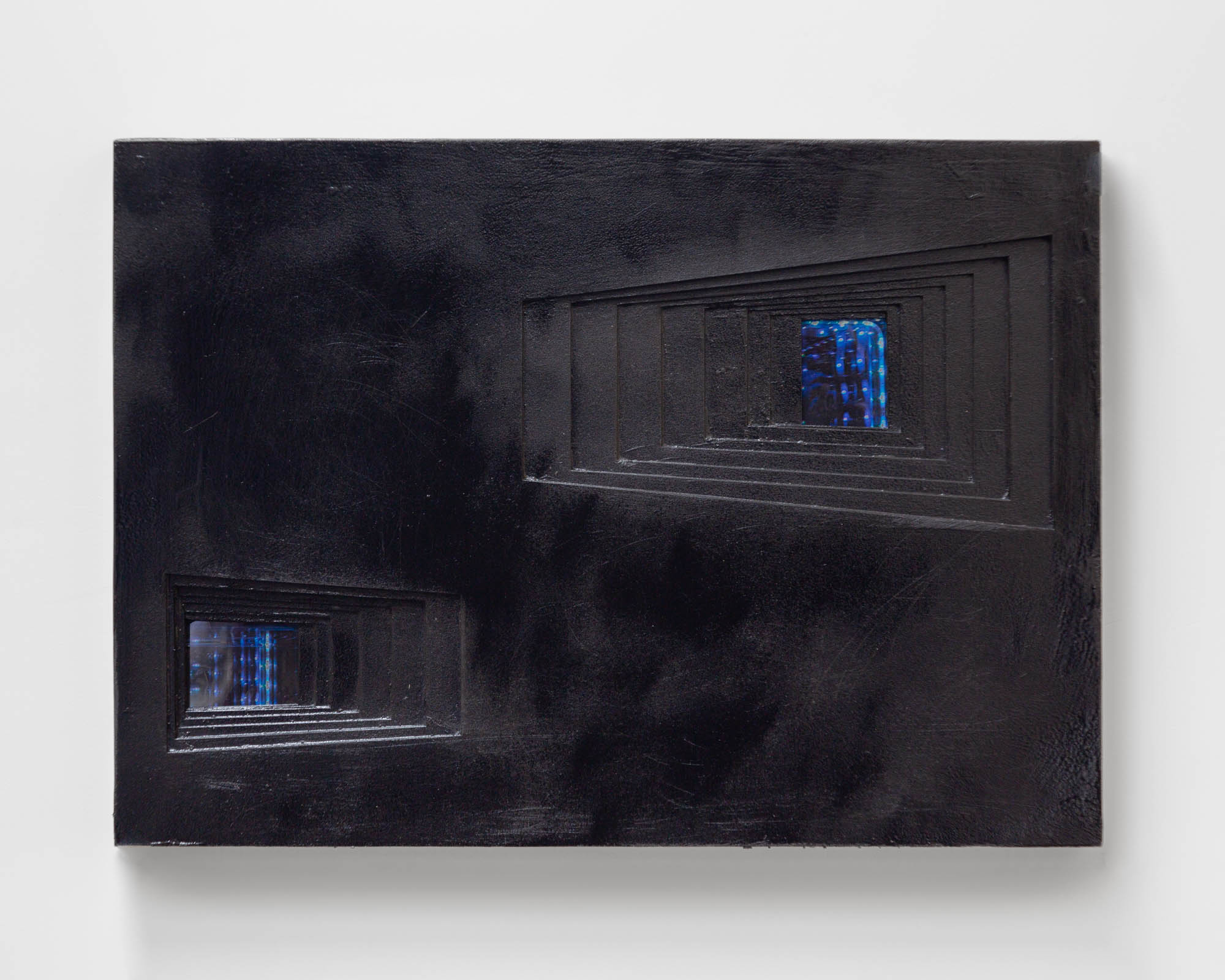
Overton Window IV, 2025, Layered laser prints on projector film, mirrored dibond, acrylic glass, aluminium, foam board, plaster, lacquer, spray paint, 70 x 50 x 6 cm
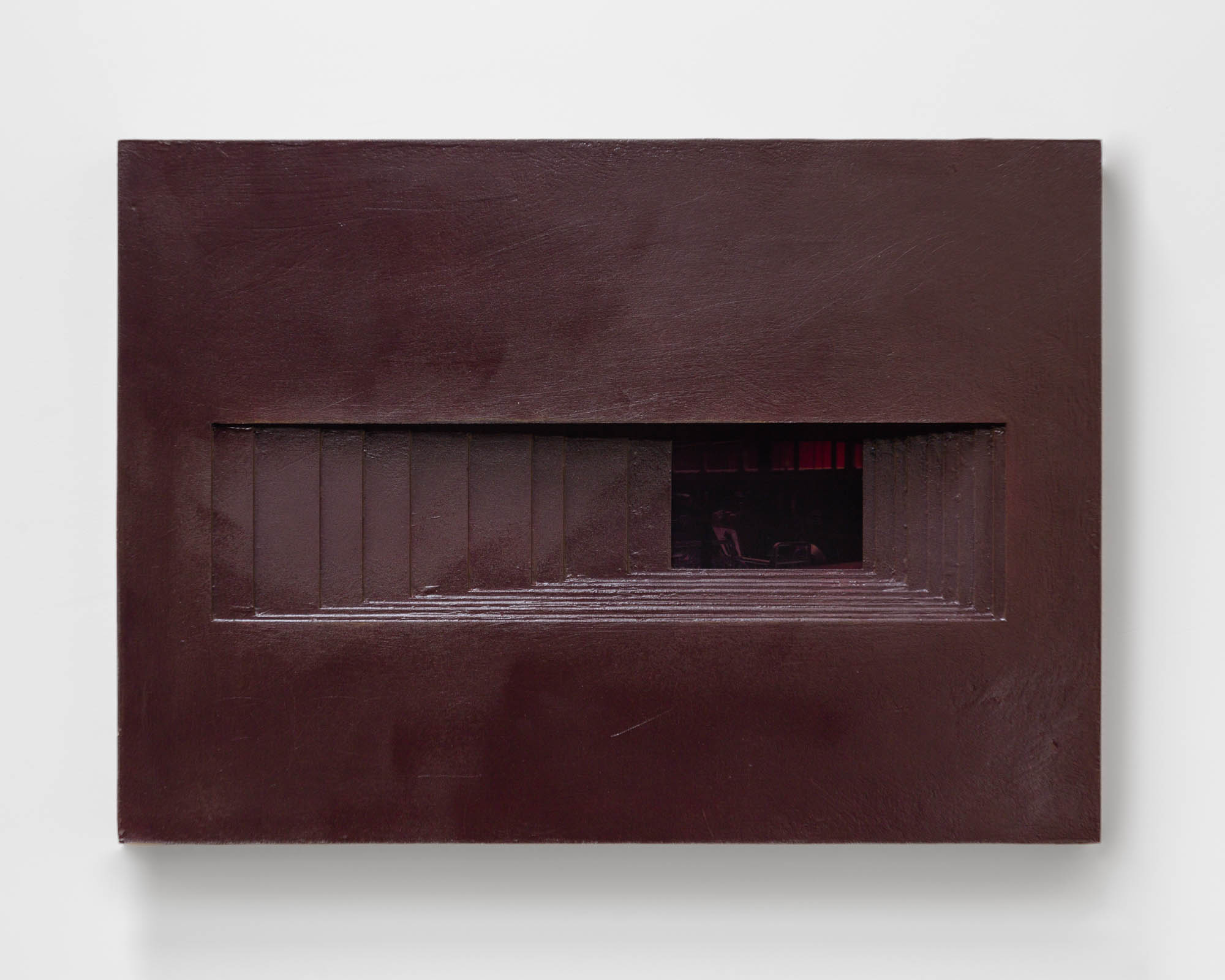
Overton Window III, 2025, Layered UV prints on mirrored dibond and acrylic glass, PVC foil, aluminium, foam board, plaster, lacquer, spray paint, 70 x 50 x 6 cm
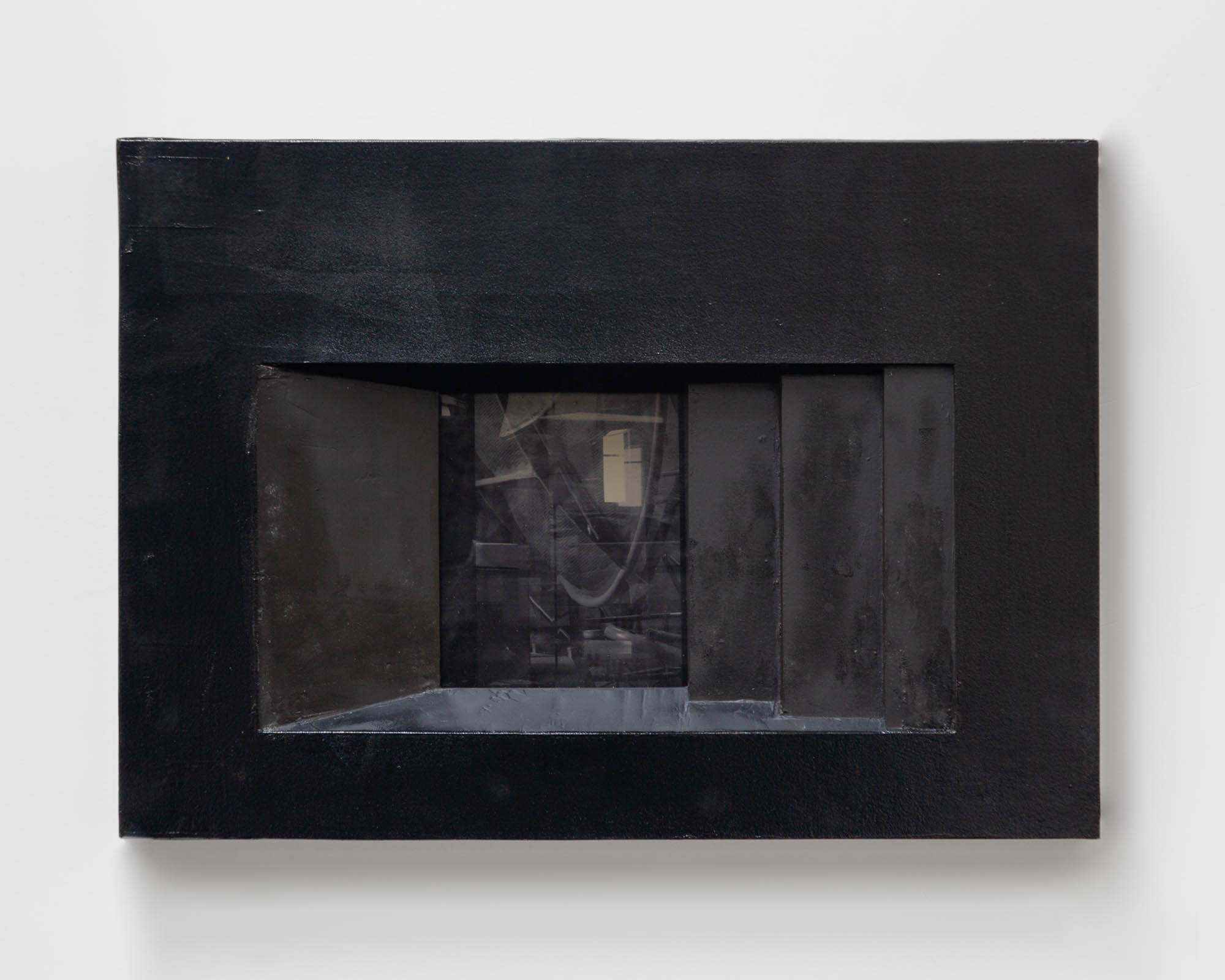
Overton Window I, 2025, Layered UV prints on mirrored dibond and acrylic glass, PVC film, aluminium, foam board, plaster, lacquer, spray paint, 70 x 50 x 6 cm
Press Release
“I am for the art that a kid licks, after peeling away the wrapper,” Claes Oldenburg wrote in his statement I AM FOR in 1961. Licking and peeling, this was a particular brand of realism that he and his fellow Pop-travelers were interested in. It was grounded in the common experience rather than a viewing of the few, seeking to create an art as “heavy and coarse and blunt and sweet and stupid as life itself.” In keeping with his promise, he opened The Store a few months later, sculpting and selling objects typical of a New York deli just a few blocks away in the East Village.
This mimesis of the art of commerce has its own much longer history, dating back at least to the proto-Pop art of early 17th-century still lifes mastered by Dutch and Flemish artists like Clara Peeters. As artists were experiencing their own proletarianization for the first time in art history, they ventured into new markets and pioneered art as middle-class consumption (albeit at much lower wages than before). To attract merchants who were not trained in classical humanism but in the complexities of rapidly expanding global trade, references to ancient storytelling were dropped in favor of a subject their new patrons understood intimately: the art of arranging products. With resemblance taking precedence over narration, these merchant-patrons could thus view a painting and experience the infinite pleasures of their own expertise, indulging in the intricacies of identifying goods from a world that had suddenly become so much bigger than it had ever been.
So small objects come to stand in for a big world indeed, the right scale providing a measure of reality. What we still cannot seem to agree on is whether these arrangements are creating grand windows onto the world or miniature mirrors of it. Are we looking in or out, North or South, up or down? As the frame usurps its content, as resemblance gives way to reflection, we might lose our orientation only to remember that all we have to do is squint.
Text by Pujan Karambeigi
